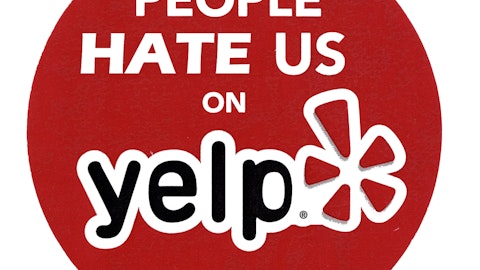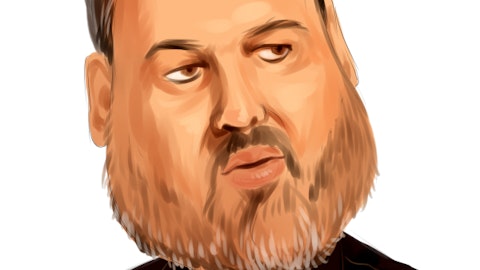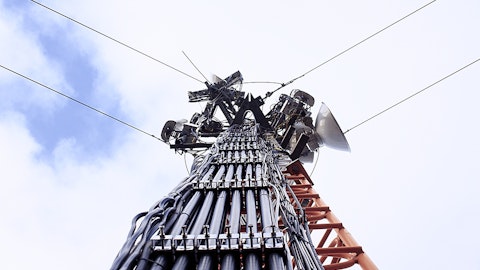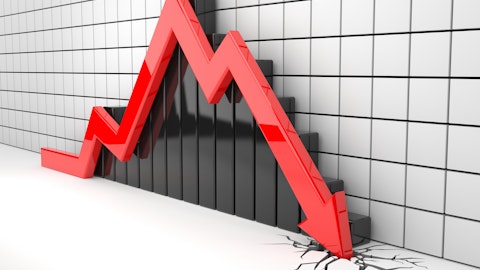Dividend Analysis: Union Pacific
We analyze 25+ years of dividend data and 10+ years of fundamental data to understand the safety and growth prospects of a dividend. Union Pacific’s dividend and fundamental data charts can all be seen by clicking here.
Dividend Safety Score
Our Safety Score answers the question, “Is the current dividend payment safe?” We look at factors such as current and historical EPS and FCF payout ratios, debt levels, free cash flow generation, industry cyclicality, ROIC trends, and more. Scores of 50 are average, 75 or higher is very good, and 25 or lower is considered weak.
Despite the slump in commodities, Union Pacific’s dividend payment looks very safe. The company’s solid Dividend Safety Score of 84 is driven by its relatively low payout ratio, excellent free cash flow generation, stable returns, and reasonable balance sheet.
Before diving in to the company’s status today, conservative dividend investors might wonder why Union Pacific cut its dividend by more than half in 1998. After all, there are many blue chip dividend stocks with better long-term track records of reliable dividend payments.
The issue that impacted Union Pacific in 1998 isn’t one that will likely be repeated. The company had acquired Southern Pacific Rail Corporation for $5.4 billion in 1996 and faced substantial operational challenges on a major track.
Congestion had become a big problem on the single-direction track following the acquisition, resulting in lost sales as customers turned to more reliable operators.
Union Pacific Corporation (NYSE:UNP) ultimately issued up to $1 billion in equity-related securities and cut its dividend to rebuild part of its railway. The company had been operating at a loss during this period.
Today, there are no such operational issues facing the company, and the business is in much better financial health. Given its size, another large merger is also unlikely.
Since the dividend cut in 1998, Union Pacific has paid uninterrupted dividends and increased its dividend each year since 2007.
Union Pacific targets a dividend payout ratio of about 35%, and the company’s earnings payout ratio sits at 41% on a trailing 12-months basis.
This is a healthy payout ratio for just about any type of company and maintains a reasonable margin of safety for an economy-sensitive business such as Union Pacific. Even if earnings were unexpectedly cut in half, Union Pacific’s payout ratio would be under 85%.
Over the last decade, Union Pacific’s earnings payout ratio has generally remained between 20% and 30%, highlighting the stability of its earnings and dividend growth. Even during the financial crisis we can see that Union Pacific’s payout ratio only increased from 21% in 2008 to 29% in 2009.

Source: Simply Safe Dividends
The company’s free cash flow payout ratio has been a bit lumpier, underscoring the capital intensity of the business.

Source: Simply Safe Dividends
Another factor impacting dividend safety is how a business performed during the last economic shock. Union Pacific saw its sales fall by 21% during the last recession. However, its cost controls were exceptional.
Management was able to hold free cash flow per share nearly steady in fiscal year 2009 and contained the company’s drop in earnings per share to just 17%. As a result, Union Pacific was able to squeeze out a moderate dividend increase during the downturn.





